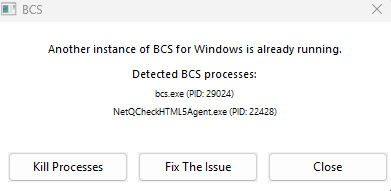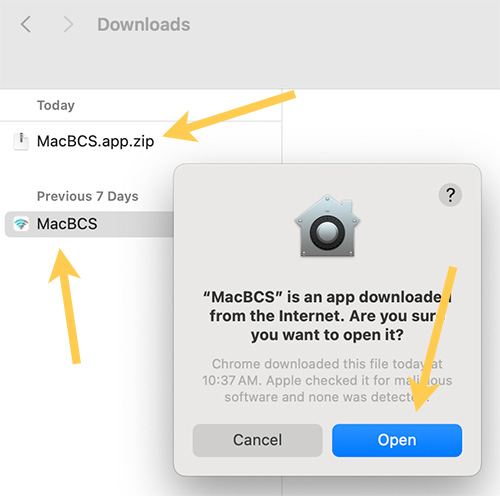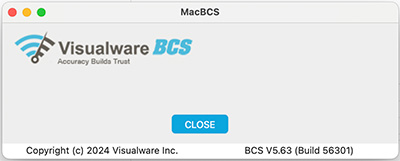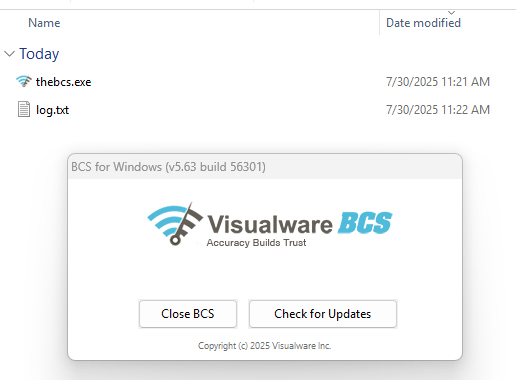Troubleshooting
The steps below detail what to look for when diagnosing issues with the BCS. Be sure to click the button below that matches your computers operating system.
Step 1: Remove existing BCS instances (Important!)
Step 1: Kill Processes
The most common scenario when running

If this screen appears,
If it does not appear,
Click the
To fix this, close the BCS completely. Then find thebcs.exe,
The video below shows each step.
Once the BCS is running correctly move to Step 3 to test the connectivity.
To ensure a clean installation, we must first verify that no BCS instances exist on your computer.
If the BCS has been installed previously there will be a
Click here for the steps to fully remove it before proceeding with this troubleshooting guide.
After you have done this,
Step 2. Make sure the BCS is running
- Click here to download the BCS. Even if you already have it installed, please download the latest version to ensure compatibility.
- A file named
thebcs.exe will appear in yourDownloads folder , as shown below. Double-click thebcs.exe to launch the BCS application. When running successfully, it should appear as shown in the image below.- If a message appears indicating that BCS is already running, try restarting your computer before launching BCS again. If the same error occurs immediately after reboot, this indicates that BCS is still running as a service and was not properly uninstalled in step one above.
- If BCS launched successfully, you can then proceed to step three below.
- Click here to download the BCS. Even if you already have it installed, please download the latest version to ensure compatibility.
- A file named
MacBCS.app.zip will appear in yourDownloads folder , as shown below. Double-click MacBCS.app.zip to extract the BCS application.- Double-click the extracted
MacBCS application to launch it. - A security dialog may appear asking if you're sure you want to open the file. This occurs because BCS is distributed outside of the App Store. The application is securely signed and notarized by Apple for your protection.
- Click
Open to continue. - The application interface should appear as shown in the image below.



Step 3. Test Connectivity
If you have reached this step, the BCS application should already be running on your computer. If it is not running, the next step will not work.
Click here to run the BCS Connectivity Test. If everything is working correctly, you will see a green banner with a success message. After that, return to the original connection test you were asked to run, it should now work without any problems.
If you see a failure message instead, continue to Step 4 below.
Step 4. Change and Refresh DNS settings
If the BCS is running (as shown in Step 2) but the connectivity test still fails, it usually means there is a problem with DNS. DNS works like an Internet address book, it helps your computer find the right location online. In rare cases, our address may not look up correctly, which prevents the connection test from reaching the BCS.
The steps below will help you fix this issue.
Step 5. Proxy (Advanced)
If a proxy or VPN is in use it's important to ensure they allow BCS traffic.
This document goes into more detail on the ports and protocols the BCS uses to communicate.
